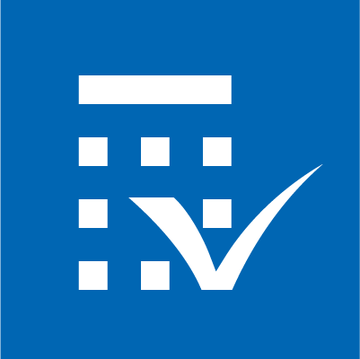
 6-minute read
6-minute read
The Paycheck Protection Program or PPP has prompted changes in how sole proprietors and start-ups file their schedule C returns for accounting. On March 3, 2021, the IRS posted the latest tax update to the Paycheck Protection Program, designed for independent contractors, sole proprietors, and similar entities, all that file their taxes with IRS Form 1040 Schedule C.
According to the Small Business Administration (SBA) website, the Payment Protection Program (PPP) loans provide direct incentives for small businesses to maintain workers on their payroll. Borrowers may also take advantage of PPP loan forgiveness, provided they meet certain criteria.
First-Draw and Second-Draw PPP Loans
Currently, the SBA offers PPP loans until May 31, 2021. To apply for a loan, borrowers need to find area lenders and identify the type of PPP funding required. If you have not received a PPP loan yet, you can apply for a First Draw PPP loan. Otherwise, if you previously applied for a PPP loan, you may be eligible for a Second Draw PPP loan amount.
Applying for a New PPP Loan Using the Gross Income Line
The revision in the current tax law enables new PPP loan applicants to use line 7, or their Gross Income, on their Schedule C form as the basis for their PPP funding amount. If you could not get a PPP loan previously because the amount was too low or you recorded a negative, you may now qualify.
Be advised that the new tax law does not apply to anyone previously approved for a PPP loan. You can only take advantage of this new ruling for your taxes if you apply for a new PPP loan. The new rule offers a welcome change to the old tax rule. Before the enactment of the tax change, you could only base your loan amount on line 31 of Schedule C – or your Owner Replacement Compensation (Net Income).
For example, if your income was $40,000 but your expenses amounted to $42,000, the amount recorded on Line 31, a negative prevented you from getting PPP proceeds. That has all changed with the move to Line 7 on 1040 schedule C for figuring taxes.
Advantages and Drawbacks of the New Tax Ruling
Every change features its drawbacks and advantages, and the new PPP tax ruling comes with some pros and cons of its own. For example, by using the new calculation, many self-employed people, including independent contractors, sole proprietors, and other micro-businesses, can take part in the PPP loan program.
However, as noted, this rule does not cover loan applicants who have already received First-Draw and Second-Draw PPP proceeds. Some members of Congress have been working to change the ruling, but the mandate still stands for now. Anyone who received forgiveness for a First Draw PPP loan cannot take advantage of the new rule for taxes either.
Also, along with the current ruling, some other changes have emerged, not exactly center-stage, but still important. For example, PPP eligibility now extends to individuals who have defaulted or missed payments on federal student loans. Applicants with prior non-financial felony convictions within the past year may also receive loan PPP proceeds.
How to Figure Your Loan Eligibility if You Soley Work on Your Own
If you have not taken a First Draw or Second Draw PPP loan and you use Schedule C to file your taxes, you can proceed with your tax calculations and see how you will fare. To give you an idea of where you stand, the following information covers the steps you need to follow if you work on your own and do not currently pay employees or record accounting information for payroll.
In this case, you must provide your 2019 or 2020 IRS Form 1040 C with your PPP loan application. The tax form you use must be the form you wish to use to figure your loan amount. In addition, you need to supply an IRS 1099-MISC form detailing any received non-employment compensation from your accounting records. Include a bank statement, invoice, or similar proof, such as a book of record, with the application. The documents must prove that you operated as a self-employed or independent contractor, or operated in a similar capacity, around February 15, 2020.
To make the Gross or Net Income calculation for our taxes for PPP funding, you need to follow the steps below.
Step 1: Enter the amount of net profit on line 31, or the Gross Income amount on line 7 of your 2019 or 2020 IRS 1040, Schedule C. If the amount falls above $100,000, reduce the amount to $100,000. If your Net Profit or Gross Income equals zero or less, you cannot apply for a PPP loan.
Step 2: Figure the average monthly Gross Income or Net Profit amount by taking the amount in Step 1 and dividing it by 12.
Step 3: Multiply the average Gross Amount or Net Profit in Step 2 by 2.5. The amount should not go over $20,833.
Step 4: Include the outstanding amount of any Economic Injury Disaster Loan (EIDL) financing made from January 31, 2020 to April 3, 2020 that you plan to refinance. Do not add any advance made under EIDL funding, as this amount does not require repayment.
Because of the new IRS ruling of March 2021, you now can apply for PPL funding if your Net Income previously prevented you from doing so. Make it a priority to review your taxes to see if you qualify.
